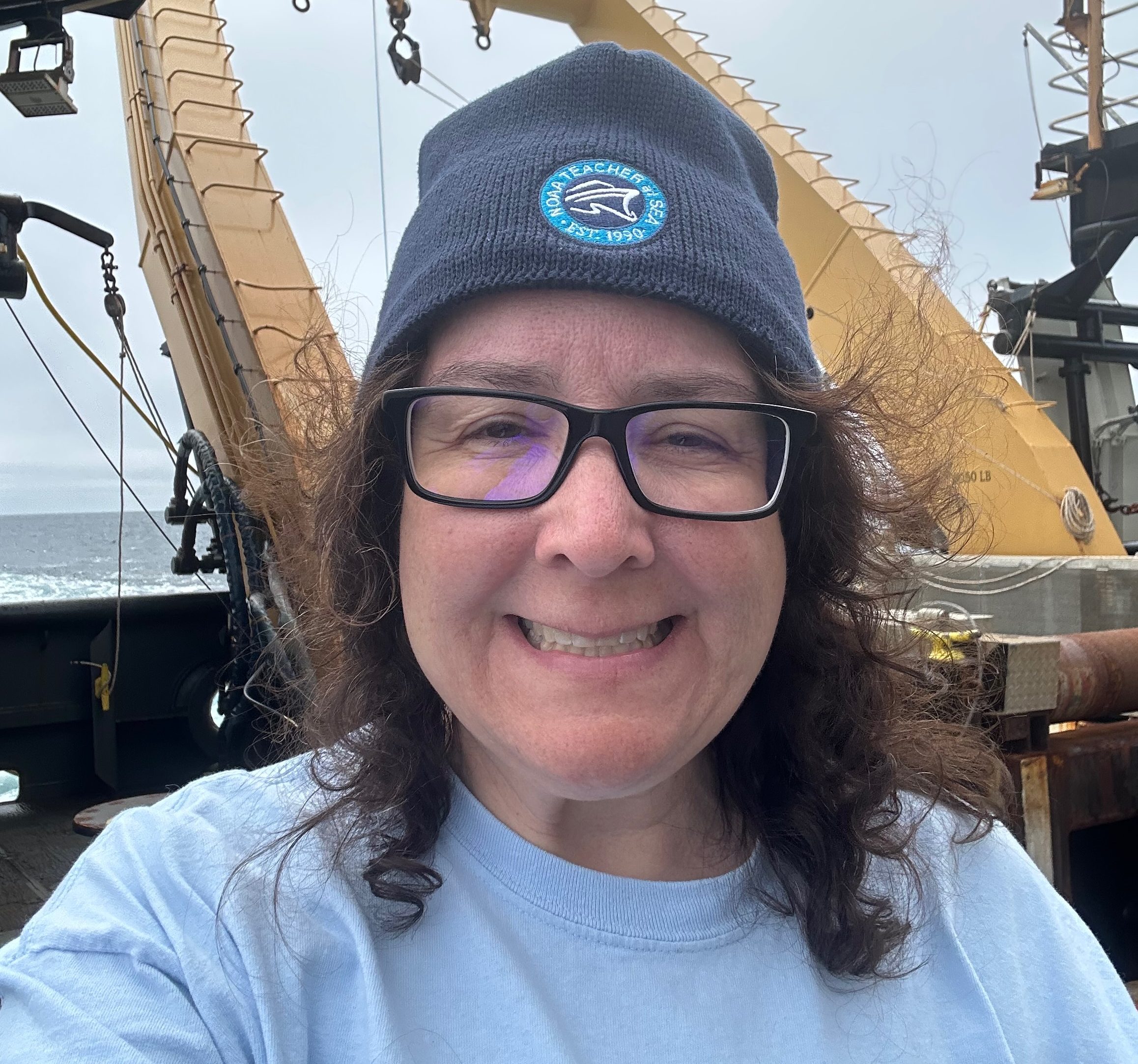It is funny how some topics that I teach come back around in new and exciting ways… take, for example, the Tiktaalik roseae, the 375-million year old “fishapod” (OK, scientifically, we officially refer to this fossil specimen as a tetrapod). It was discovered in the Canadian Arctic in 2004, and this fossil pushes back in time when we believe fish were able to make the transition to living in the water to moving around and living on land.
In Spring 2009, I taught GEOSC 021, a general education course for non-science majors called Earth & Life. One of the books the class read that semester was Your Inner Fish by Dr. Neil Shubin, one of the discoverers of the Tiktaalik roseae. One of the other scientists involved in the discovery was Dr. Ted Daeschler, a paleontologist with the Academy of Natural Sciences in Philadelphia. It just so happens that the timing that semester was perfect – while we were reading and learning about Tiktaalik, the real fossil specimen was “visiting” the Academy! So the class grabbed the regional rail train in to the city, and Dr. Daeschler was kind enough to give us a lecture and behind-the-scenes tour to see the Tiktaalik fossil and other fossils in their collection. This trip was one of the highlights of my teaching experience, certainly “the” top moment for GEOSC 021!
Flash forward to 2014, where Tiktaalik reappears for a 3-part PBS special and a limited-time display at the Academy of Natural Sciences! The original Tiktaalik fossil bones were in glass cases in the Academy’s Ewell Sale Stewart Library. Here, I share some of the photos I was able to capture of the fossils, and I have provided some links to information about the television mini-series below the images. If you want to see the fossil for yourself, you will need to get to the Academy by April 30, 2014, and the Library is only open to visitors from 1PM to 4PM. It is absolutely worth the trip!





See the following resources for more about this fascinating fossil!
- A three-part series on PBS titled “Your Inner Fish” reveals how our bodies are the legacy of fish, reptile, and primate ancestors. Video clips, interactives, an image gallery, and classroom resources are available at: http://www.pbs.org/your-inner-fish/home/
- The Howard Hughes Medical Institute (HHMI) provides free classroom resources for “Your Inner Fish.” Visit: http://www.hhmi.org/biointeractive/your-inner-fish
- Have you read the book? Visit the book website for more information, slides, etc.
- Science Friday – Discovering Your Inner Fish
